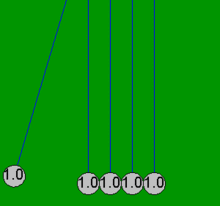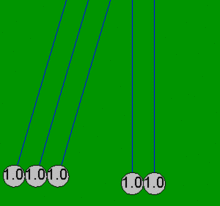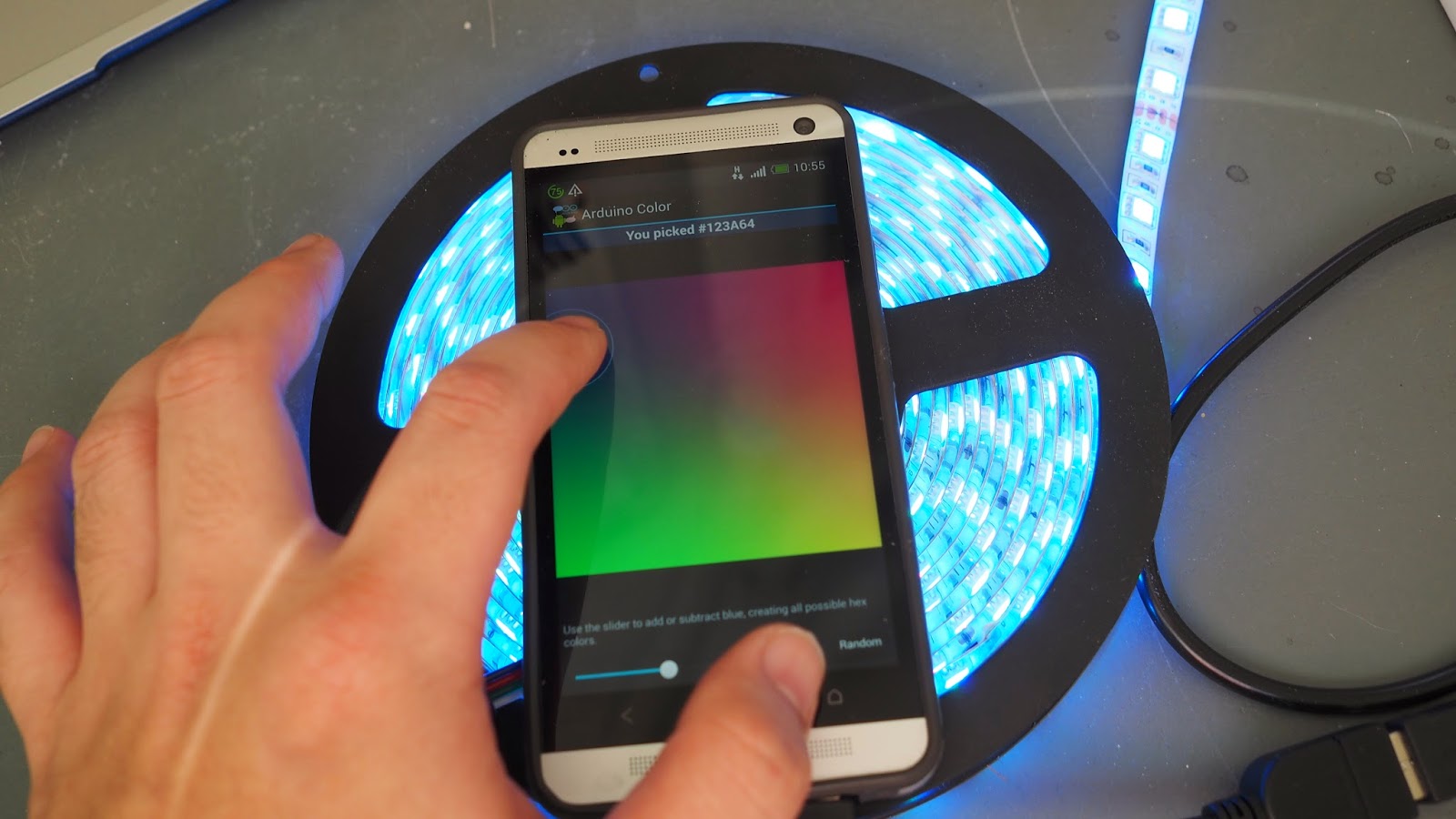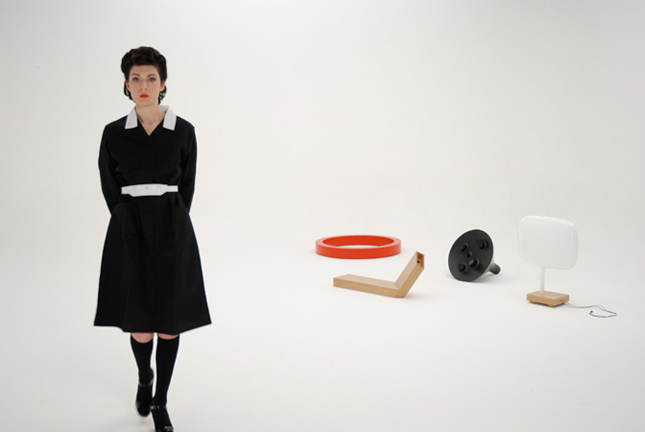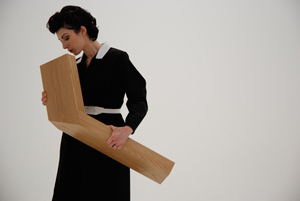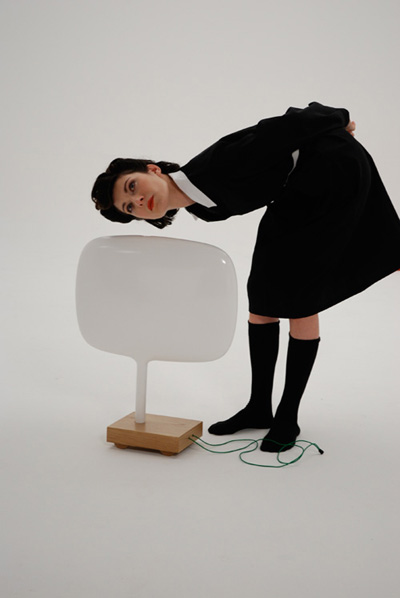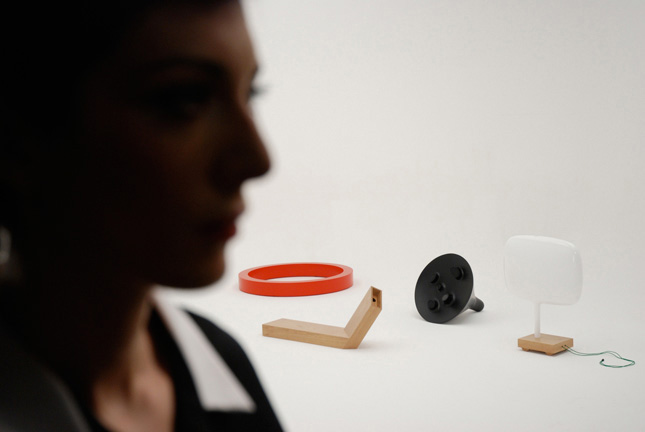Newton's cradle, named after Sir Isaac Newton, is a device that demonstrates conservation of momentum and energy via a series of swinging spheres. When one on the end is lifted and released, it strikes the stationary spheres; a force is transmitted through the stationary spheres and pushes the last one upward. The device is also known as Newton's balls or "Executive Ball Clicker"
ACTION
If one ball is pulled away and is let to fall, it strikes the first ball in the series and comes to nearly a dead stop. The ball on the opposite side acquires most of the velocity and almost instantly swings in an arc almost as high as the release height of the Last ball. This shows that the final ball receives most of the energy and momentum that was in the first ball.
The impact produces a shock wave that propagates through the intermediate balls. Any efficiently elastic material such as steel will do this as long as the kinetic energy is temporarily stored as potential energy in the compression of the material rather than being lost as heat.
Intrigue is provided by starting more than one ball in motion. With two balls, exactly two balls on the opposite side swing out and back.
More than half the balls can be set in motion. For example, three out of five balls will result in the central ball swinging without any apparent interruption.
While the symmetry is satisfying, why does the initial ball (or balls) not bounce back instead of imparting nearly all the momentum and energy to the last ball (or balls)? The simple equations used for the conservation of kinetic energy and conservation of momentum can show this is apossible solution, but they cannot be used to predict the final velocities when there are three or more balls in a cradle, because they provide only two equations to find the three or more unknowns (velocities of the balls). They give an infinite number of possible solutions if the system of balls is not examined in more detail.
